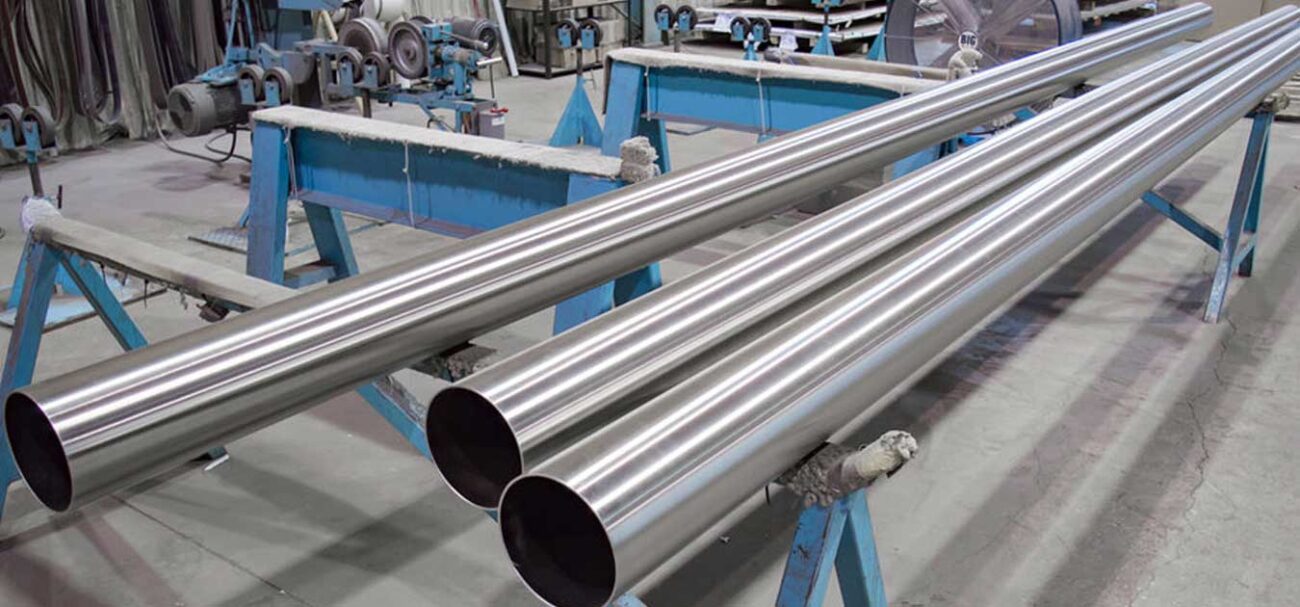Stainless steel pipes are widely used in industries such as construction, oil and gas, food processing, and water treatment. When choosing the right type of pipe, it is important to understand the difference between seamless and welded stainless steel pipes. Both have unique features, uses, and benefits depending on the application.
What is a Seamless Stainless Steel Pipe?
A seamless stainless steel pipe is made from a single solid piece of metal without any welding joints. It is produced by heating a solid steel billet and then piercing it to form a hollow tube.
Key Features:
- Uniform structure and smooth finish
- No weld joints, which makes it stronger
- Can handle high pressure and temperature
- Commonly used in industries that need reliability and strength
What is a Welded Stainless Steel Pipe?
A welded stainless steel pipe is made by rolling a stainless steel sheet and joining the edges together through welding. The weld seam is then tested and polished to ensure durability and safety.
Key Features:
- Cost-effective compared to seamless pipes
- Available in large diameters
- Suitable for low to medium pressure applications
- Easy to produce in long lengths
Main Differences Between Seamless and Welded Pipes
| Feature | Seamless Pipe | Welded Pipe |
|---|---|---|
| Manufacturing | Made from solid billet, no welding | Made by rolling and welding steel sheet |
| Strength | Higher strength due to no welds | Slightly less strong due to weld seam |
| Pressure Handling | Ideal for high pressure | Suitable for medium and low pressure |
| Cost | More expensive | More affordable |
| Appearance | Smooth and uniform | Weld line visible (can be polished) |
| Sizes | Limited to smaller diameters | Available in larger diameters |
Choosing the Right Type of Stainless Steel Pipe
When selecting a pipe, it depends on your project’s needs. If you need higher pressure resistance and durability, seamless pipes are the better option. However, if cost and availability are more important, welded pipes can be the right choice.
A reliable Stainless Steel Pipe Supplier can help you choose the correct type, grade, and finish based on your application. They can also provide various stainless steel pipe sizes and thicknesses to suit your project requirements.
Stainless Steel Pipe HSN Code and Uses
For industrial and trade purposes, the stainless steel pipe HSN code is important for identification and taxation. It helps in easy classification of products during import and export. These pipes are widely used in plumbing, construction, power plants, and chemical industries.
Conclusion
Both seamless and welded stainless steel pipes have their advantages. Seamless pipes offer better performance under pressure, while welded pipes provide cost efficiency and flexibility in size. Choosing between them depends on your specific need, budget, and usage conditions.
